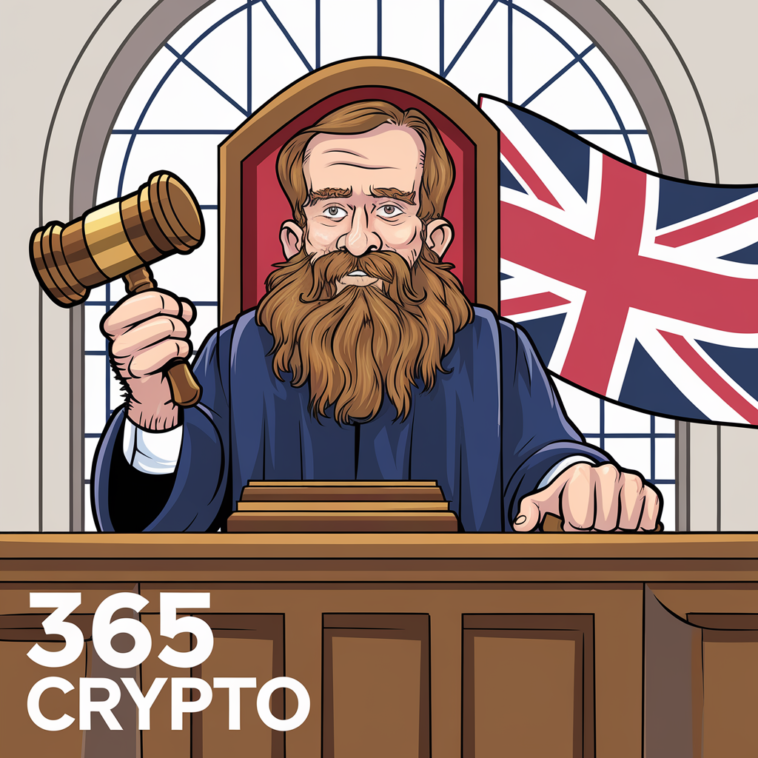A recent decision by the UK High Court has confirmed that Tether (USDT), a stablecoin, is legally considered property. This is the first full trial ruling under English law regarding cryptocurrency. The ruling came a day after the UK government introduced a bill to clarify that digital assets like cryptocurrency and NFTs are “personal property.”
Legal Status of Tether
The case was brought by a fraud victim whose stolen Tether was moved through various crypto exchanges after being mixed to hide its origin. High Court Deputy Judge Richard Farnhill ruled that Tether “attracts property rights” under English law. He also noted that USDT can be traced and treated like other forms of property in legal matters, such as trust disputes.
This ruling follows a 2019 judgment that also recognized cryptocurrencies as property, aligning with a 2023 report from the Law Commission of England and Wales.
Failed Fraud Case Against BitKub
In the same case, the victim, Fabrizio D’Aloia, attempted to sue the Thai crypto exchange BitKub for receiving 400,000 USDT, part of which he claimed was linked to the stolen funds. However, the court ruled that D’Aloia couldn’t provide enough evidence to prove that BitKub had received his USDT due to the use of crypto mixers.
The court found no legal link between D’Aloia and BitKub, meaning the breach of trust claim couldn’t succeed.
Nicola McKinney, representing BitKub, explained that while USDT can technically be traced, D’Aloia couldn’t prove that his specific funds were involved.
Ongoing Legal Proceedings
D’Aloia also named several other crypto platforms, including Binance and Gate Technology Corp, in the case. Further legal judgments and orders are expected in the near future.
Footnote:
- Stablecoin: A type of cryptocurrency designed to have a stable value, often linked to a fiat currency like the US dollar.
- Crypto mixers: Services that mix different transactions to obscure the origin of funds.
- Breach of trust: A legal claim that someone has mishandled property that they were trusted to manage.




